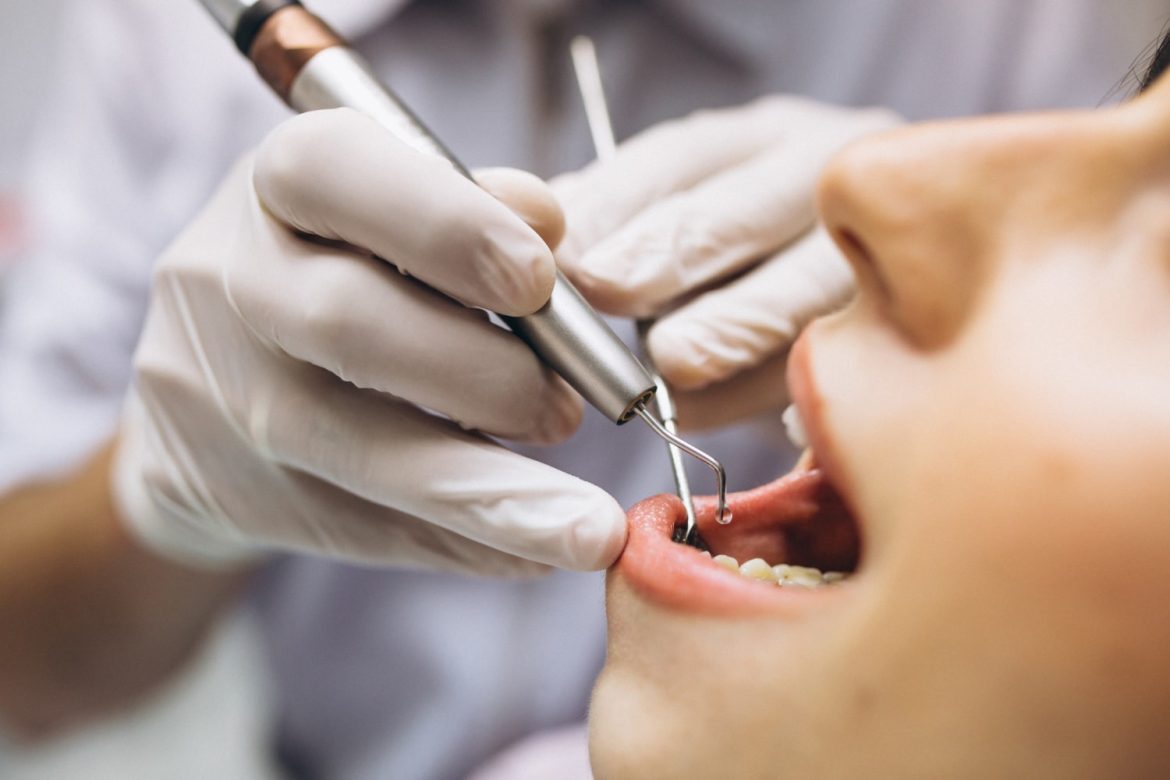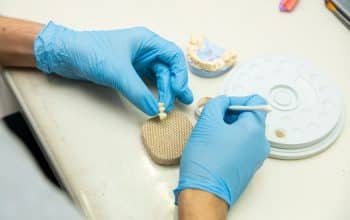SELECT THE WORDS & LEVEL
Dental health is a crucial aspect of overall well-being, and regular dental procedures play a significant role in maintaining a healthy smile. From routine cleanings to complex oral surgeries, a spectrum of dental procedures exists to address various issues. This article aims to provide a comprehensive understanding of different dental procedures, shedding light on their purposes, processes, and importance. Additionally, it explores the common question, “Do braces hurt?” for those considering orthodontic treatment.
I. Preventive Dental Care
A. Dental Cleanings
Regular dental cleanings, typically performed every six months, are the cornerstone of preventive dental care. Dental hygienists use specialized tools to remove plaque and tartar from teeth surfaces, preventing the development of cavities and gum diseases. Cleanings also involve polishing to enhance the aesthetic appeal of the teeth.
B. Dental Examinations
Comprehensive dental examinations are crucial for detecting potential issues at an early stage. Dentists assess the overall oral health, check for cavities, examine the gums for signs of disease, and may take X-rays to identify hidden problems. Routine examinations are essential for preventing and addressing dental issues before they escalate.
II. Restorative Dental Procedures
A. Dental Fillings
Dental fillings are common restorative procedures used to treat cavities and minor tooth damage. Dentists remove decayed or damaged portions of the tooth and fill the space with materials like amalgam or composite resin. Fillings restore the tooth’s structure, preventing further decay and maintaining functionality.
B. Root Canal Therapy
When a tooth’s pulp becomes infected or inflamed due to deep decay or trauma, a root canal becomes necessary. This procedure involves removing the infected pulp, cleaning the root canal, and sealing it to prevent further infection. Root canal therapy saves the natural tooth and alleviates pain caused by the infection.
C. Dental Crowns
Dental crowns, or caps, are used to cover and protect damaged or weakened teeth. After a tooth undergoes a root canal or sustains significant decay or fractures, a crown restores its strength, shape, and function. Crowns can be made from various materials, including porcelain, metal, or a combination of both.
III. Cosmetic Dental Procedures
A. Teeth Whitening
Teeth whitening is a popular cosmetic procedure aimed at enhancing the brightness of discolored or stained teeth. Whether performed in-office or using at-home kits, teeth whitening procedures can significantly improve the appearance of a person’s smile.
B. Dental Veneers
Dental veneers are thin shells, usually made of porcelain, that are bonded to the front surfaces of teeth. Veneers are used to correct various cosmetic issues, such as chips, stains, or misalignments. They provide a durable and aesthetically pleasing solution for achieving a perfect smile.
C. Orthodontic Treatments
Orthodontic treatments, including traditional braces and newer alternatives like clear aligners, aim to correct misalignments and achieve proper tooth and jaw alignment. These treatments not only improve the appearance of the smile but also contribute to overall oral health.
IV. Periodontal Procedures
A. Scaling and Root Planing
Scaling and root planing are non-surgical procedures designed to treat gum disease (periodontitis). During scaling, plaque and tartar are removed from above and below the gumline. Root planing smoothens the tooth roots, preventing the accumulation of bacteria and promoting gum healing.
B. Periodontal Surgery
In more advanced cases of gum disease, periodontal surgery may be necessary. Procedures like flap surgery and bone grafts aim to repair damage caused by gum disease, restore gum health, and prevent tooth loss. Periodontal surgery is a critical intervention for maintaining overall oral health.
V. Oral Surgery Procedures
A. Tooth Extractions
Tooth extractions involve the removal of a tooth from its socket. While dentists strive to preserve natural teeth, extractions may be necessary in cases of severe decay, advanced periodontal disease, or impacted wisdom teeth. Surgical extractions may be required for teeth that cannot be easily pulled.
B. Dental Implant Surgery
Dental implant surgery is a sophisticated procedure that involves placing artificial tooth roots (implants) into the jawbone to support prosthetic teeth. This surgical option provides a stable and durable solution for replacing missing teeth, improving both function and aesthetics.
Conclusion
Understanding the array of dental procedures, from routine cleanings to complex oral surgeries, is vital for maintaining optimal oral health. Regular preventive care, coupled with timely restorative and cosmetic interventions, ensures a healthy and radiant smile for a lifetime. By staying informed about these procedures, individuals can actively participate in their oral health journey, working collaboratively with dental professionals to achieve and sustain a healthy and beautiful smile.




